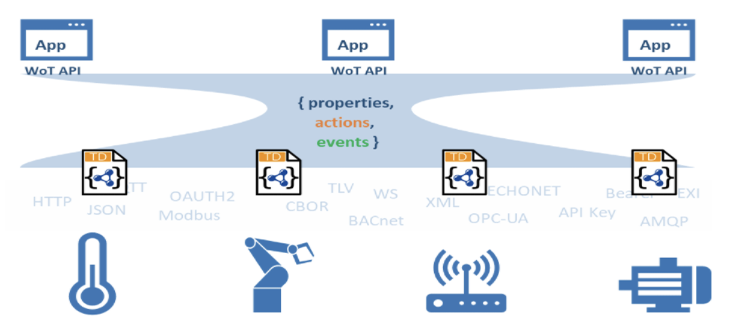As most data scientists know, most of the work in producing a working machine learning solution revolves around the data itself, procuring and handling it. The actual learning algorithms are readily available and well implemented in existing libraries and frameworks. However, the learning algorithms are not magical solutions that can produce something out of nothing. Generally, the success of a machine learning solution hangs on whether enough data of sufficient quality (accuracy & precision) can be produced. The IoT initiative, which works toward efficient and standardized ways to handle multitudes of devices, has the potential to significantly ease these issues related to data procuring and processing in machine learning, opening up avenues to “big data” scenarios which have not been possible before.
Variable speed drives (VSDs) are a good candidate for such big data use cases. VSDs bring about improvements in product quality and process efficiency through fast and accurate process control. VSDs also work as process sensors in the IoT setting, by detecting faults and providing important information about the operation of the motor and the application. The number of VSDs in use globally is significant, as all industrial processes require some kind of control using VSDs. While data is certainly utilized locally, a lot of its potential is lost due to lack of means to handle and integrate data coming from multiple sites owned by different parties.

IoT-NGIN is exploring and developing technologies that offer a way forward on this front: federated learning, meta-level digital twins and security related aspects such as decentralized identifiers (DIDs) and verifiable credentials. The goal is to take a step from isolated monolithic site-specific implementations, towards a more open and standard way of managing devices and associated data streams. Ideally, a global web of interconnected devices would eventually form, that are all reachable in a uniform, easily accessible fashion. In practice, machine readable meta-level documents sharing a common ontology are to be used as the building blocks which make up this web. An example of such a meta-level document design is the WoT Thing Description (TD)1. A meta-level approach offers an additional layer of abstraction, making the handling of multiple devices on a global scale more manageable. VSDs are a good example of devices that stand to benefit from such abstraction. Even identical VSD devices may use different protocols, database systems, and interfaces, depending on the how the factory environment in question has been set up. Abstracting these details into a meta-level document allows for a more scalable way to interconnect and handle fleets of such devices.

Figure 1: WoT Thing Description concept illustration [1]
The technologies and methodologies developed by the IoT-NGIN consortium will be put to the test at a pilot site in Helsinki, consisting of multiple industrial grade powertrains and VSD units. A federated machine learning framework will be used to implement condition monitoring and analytics using drive signals, taking the first steps towards an open interconnected paradigm that facilitates big data use cases.

